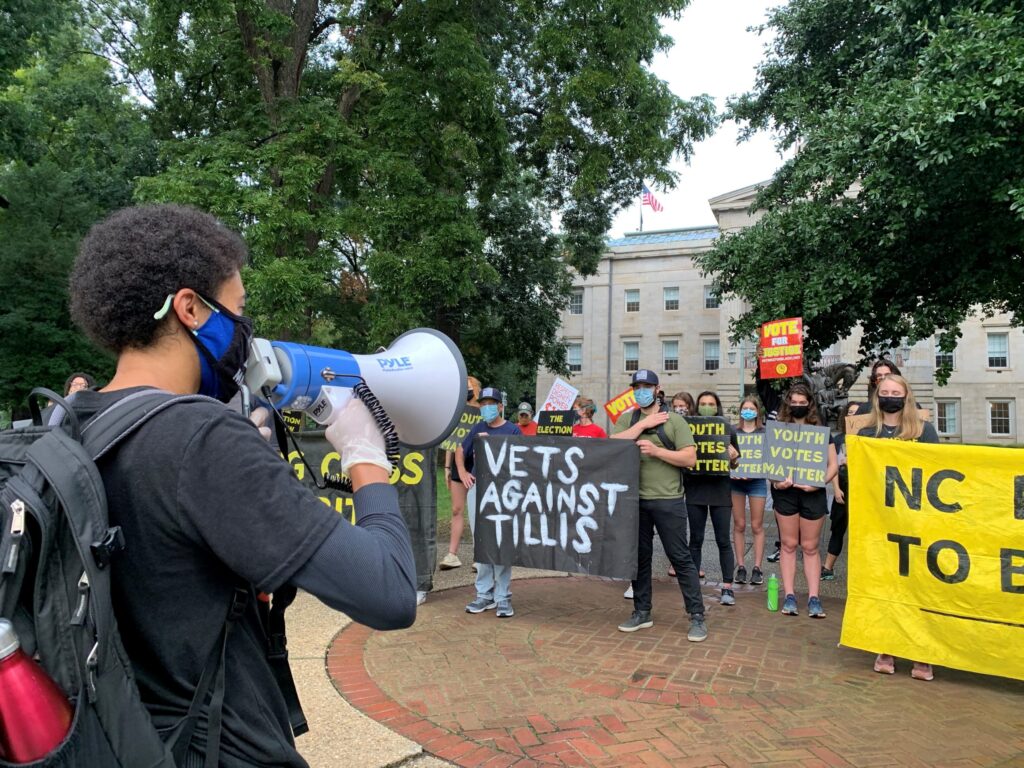My research is focused on a few related questions:
- How does tree stewardship correlate with tree health?
- How does tree health vary with growing conditions within cities?
- How are patterns in tree health related to displacement from construction and resident turnover?
- How can we observe urban trees to see the impact of droughts
To get at those, I am working on a few different projects:
Maintenance Impacts on Street and Park Trees

There is not currently a lot of research examining how long-term maintenance impacts tree health and survival in cities; most of the focus has been on the early life stages when a lot of trees die. This literature review aims to clarify what research there is on long-term maintenance, bring datasets from across the globe and see if there are any trends in how activities like mulching, pruning, watering, and pest management impact long-term tree health and whether that varies across regions. For the purposes of this project, we are focusing on street and park trees because there are different dynamics on public and private property, as well as in areas with more individual tree management vs stand-level management.
The manuscript for this project is currently under review.
Students on Project: Chloe Schueller
Street Tree Health in Durham, NC and Chicago, IL

Street trees have to survive stressful growing conditions due to soil compaction, low-level ozone, physical damage, crowding, and much more. City governments are often responsible for some portion of these trees’ care while residents also do a substantial portion of the maintenance. We aim to see how street tree health varies across Chicago’s west side and Durham, with an eye to the impacts of rates of home ownership and urban displacement.
One of the manuscripts for this project is under review.
Previous students: Evelinn Sanchez, Kamil Orozco, Andrea Nunes, Elizabeth Huang, Lucie Ciccone, Chloe Schueller, Maggio Laquidara
Urban and non-Urban Tree Health During Drought

Drought will continue to be a part of our landscapes and climate change intensifies variability in precipitation and temperature. Trees in cities grow in often stressful conditions; due to these baseline stressors they are likely to struggle in drought conditions. However, these trees also often receive supplemental maintenance (e.g. pruning, mulching, watering) that non-urban trees do not receive, making it possible for them to do better during droughts than their less urban counterparts. However, even within cities, there are likely differences in tree health related to new construction rates, housing turnover, broader land use, and maintenance. We aim to compare the variation in tree health both within cities/across neighborhoods and between cities and neighboring greenspace through time using remote sensing data and field measurements where possible.
Previous students: Justin Xavier Smith
GCOOS and Marine Heatwaves
As a Science Policy Fellow at the GCOOS, I am writing reports on the impacts of marine heatwaves in the Gulf and Caribbean. The reports look at impacts ranging from finfish to energy infrastructure. Those reports are expected to be made public in 2025.

I am also working on running versions of the Weather Research & Forecasting Model to examine the relationship between marine heatwave conditions and temperature/humidity in the Houston/Galveston Bay area. In collaboration with other GCOOS staff, researchers at the Dauphin Island Sea Lab/University of South Alabama, and others, we hope to use various modeling techniques to quantify the likely impacts of marine heatwaves on coastal atmospheric conditions across the Gulf. Some of the project code is available through the GCOOS GitHub, and I encourage you to reach out if you have any questions or want to see any preliminary results.







